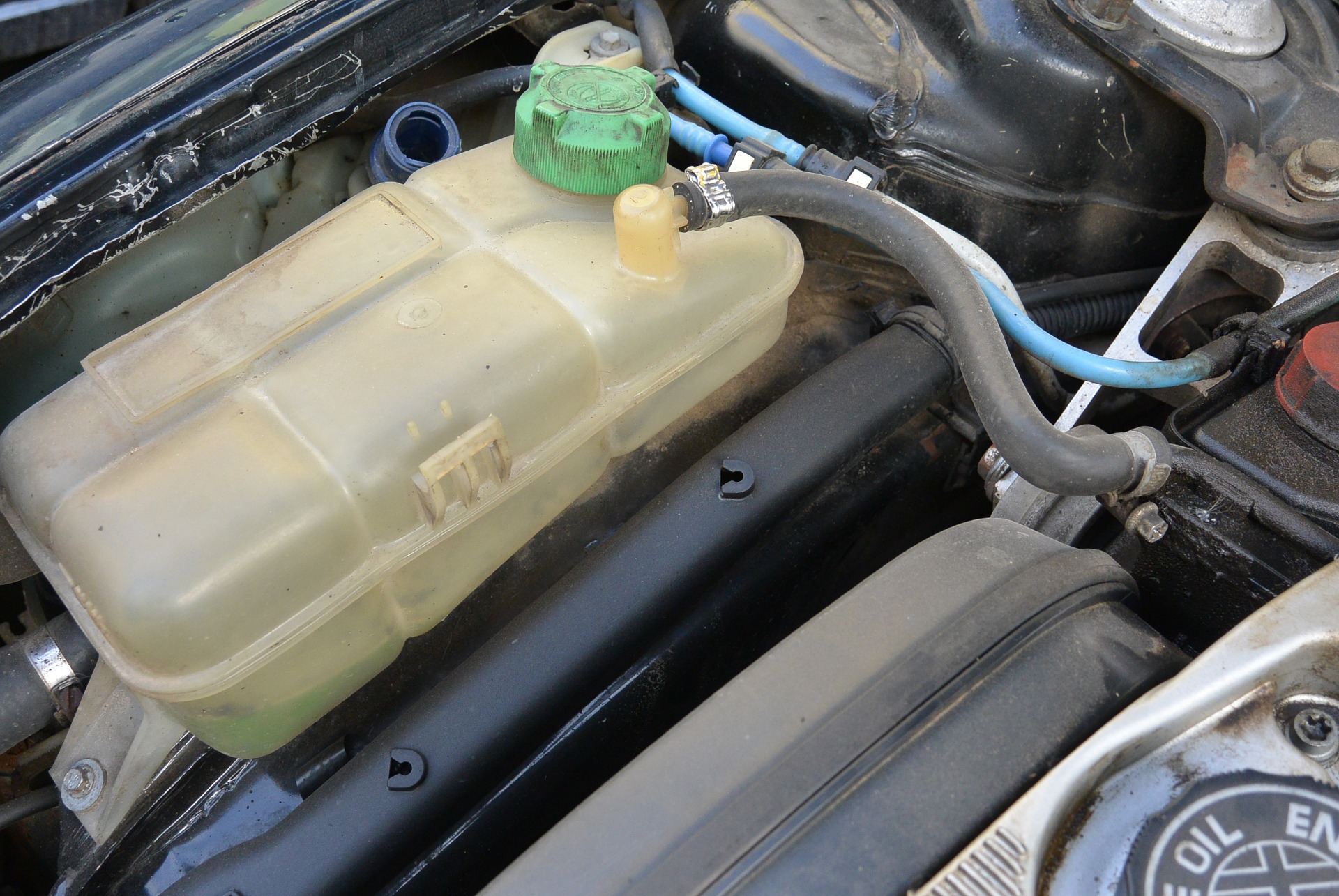Coolant is a crucial liquid used for maintaining an optimum condition of your car. Even though it is designed to be rather hot inside, it cannot work properly without a coolant and you should never experiment with your vehicle letting it go without a coolant.
It is important to keep an eye on the level of the coolant in your car as it will not only let you know when the liquid needs a refill us the car is running out of a coolant naturally but also signal of some unwanted things going on inside the car which are reducing the level of the coolant on their own.
In this article, you will find more detailed information on the typical culprits of the coolant level running low.
The level of a coolant running low – general information
There are many interconnected parts inside your car which can make the level of a coolant low. Obviously, the most popular reason for the decrease in the level of a coolant in your car is a leakage in one of its components. It is possible that one of the gaskets or hoses has got worn out and now there are breaks or cracks in these elements through which the coolant is escaping.
Your coolant is also going through several other parts of your car including the overflow reservoir, radiator, thermostat and the water pump. A leakage can occur in any of these elements.
The head gasket getting blown
A common situation causing drastic changes in the level of the coolant is a blown head gasket.
The head gasket is located right at the top of the block of your engine which is sealing the heads of the cylinder. When the engine is overheated it can easily damage this gasket, the coolant liquid can start leaking in that place. The heat is not the only reason for the gasket to be damaged. This can easily happen just because of getting worn out and torn.
Pay your attention to the fact the coolant can be leaking from the head gasket without leaving any signs of leaking around the reservoir of the coolant itself or the radiator of your vehicle.
In order to understand whether it is the case, you can simply check the coolant level in your car. The typical signs of the damage of the head gasket causing the coolant leakage are the change of the colour of the coolant to milky as well as the presence of bobbles.
The damages of the radiator cap
Various damages of the radiator cap can also lead to the leakage of the coolant. In order to make sure the leakage is the fault of a damaged radiator, you will need to check it. Be careful while doing it and never check the radiator cap without cooling it down prior to examination.
Overflow reservoir
Sometimes there is not necessarily any leakage in your car which makes the coolant escape. For instance, there is the overflow reservoir has a special tube which give a space to the coolant to escape when the internal space in the car gets too hot and the volume of the liquid increases dramatically. In such a situation, the coolant can easily overcome the full mark which can be found on the reservoir.
Such a situation does not necessarily indicate of something wrong going on with your car. This is typical for rather hot days when the temperature of the outside is naturally increasing the temperature of the inside of your car, while you are probably using an air conditioner which is increasing the temperature of your car even more.
If this is the case, once your car cools down completely, the coolant should come back to its initial level.
How often should you check the level of the coolant in your car?
As you can imagine, checking the coolant in your car is crucial, however, it is not obvious how often it should be done.
You can check the car manual in order to find the recommendations exactly for the model of a car you are using. If you cannot find any such information, you can use the rule of thumb for coolant. It is widely suggested to check the level of the coolant twice a year before the hottest and the coldest seasons. This will let you know the most exact level of the coolant in the system and prepare your car for the season.
Always check the level of the coolant when your car is cold
It is absolutely necessary to let your car cool down before checking the level of coolant inside. It might seem that checking the level of the liquid when your car has just stopped working will give you the information what the level looks like when the vehicle is on the run, albeit it is a very bad idea as it can be extremely dangerous. You can easily get severe burns with the hot liquid or vapour.
How often should you change the coolant in your car?
There is no single answer to the question about the recommended frequency of changing the coolant in your car. This is so since different car models have different types of coolants. These liquids are not featured with the same endurance. For example, coolants of an orange colour are regarded to last for a longer time than green ones.
The average mileage suitable for using the same coolant without changing it is 30 000 miles, however, it can also depend on the model of your car.

